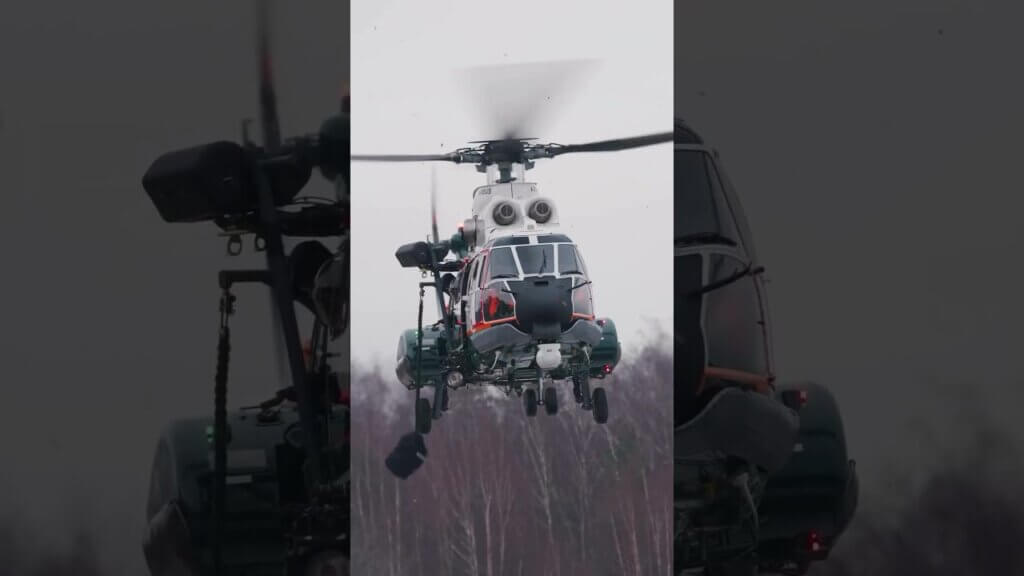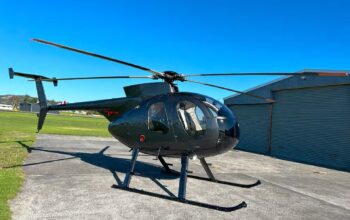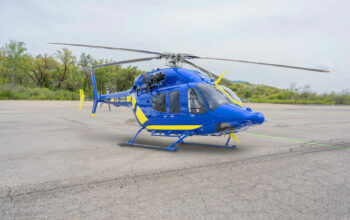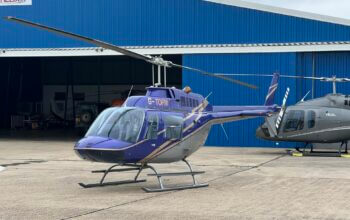A six-month-long study by the U.S. Federal Aviation Administration (FAA) exploring options to modernize pilot reports (PIREPs) suggests that using VHF radio to submit and AI to process and distribute them could help improve the system.
PIREPs are reports submitted by pilots describing their observations of in-flight weather conditions, but the lack of a sufficient number of them — and the quality of those available — was identified as a safety issue by the U.S. National Transportation Safety Board in 2017.
PIREPs are critical for safety allowing other pilots, dispatchers, and flight planners to determine how to avoid hazardous weather conditions. They are also used by aviation meteorologists to update and improve weather forecasts.
The NTSB determined that “deficiencies in the handling of PIREP information resulted in delays, errors, and data losses … [these are] issues that can play a role in the complex interaction of events and conditions that lead to aircraft accidents.” Singled out were “submission issues and dissemination issues.” Overall, the NTSB concluded, “PIREPs must be numerous, accurate, and made available quickly in the NAS [national airspace system] to be effective.”
The FAA detailed the findings of its study exploring ways to improve the submission and retrieval of PIREPs in a report released in November.
Starting with the premise that “the PIREP system is (a) antiquated, (b) prone to errors due to its outdated federated system’s architecture, (c) incompatible with busy cockpits and air traffic control operations, and (d) has no resilience,” the FAA Civil Aerospace Medical Institue launched a proof-of-concept study.
This tested an integrated system architecture that combined “the most recent advances in technology with already existing, proven, and widely available technologies.” Specifically, they tested “a PIREP submission and retrieval concept that uses VHF radio (already available in most aircraft), cloud computing, and artificial intelligence (AI) technologies.”
The study had pilots submitting and retrieving PIREPs in-flight via an automated ground station (AGS) using a voice-user interface on their VHF radios — rather than communicating with an air traffic controller or flight service specialist. The AGS was connected to a cloud service that processed, stored, and disseminated the PIREPs.
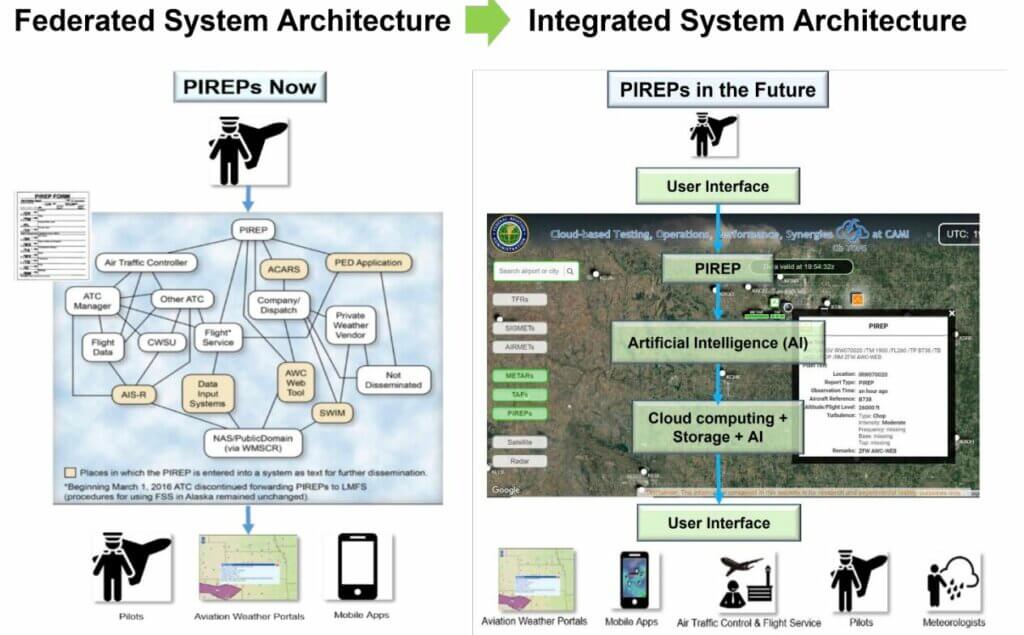
Pilots on the ground could obtain PIREPs at a website with a mobile app. The PIREPs were available as an audio playback, a voice-to-text transcription, or plain text.
The study involved 144 pilots flying within 50 nautical miles (93 kilometers) of either Will Rogers Airport in Oklahoma or Nenana (Alaska) Municipal Airport, and ran from late 2022 into early 2023. In all, 3,902 PIREPs were submitted and 1,595 were retrieved.
The initial study was deemed successful in demonstrating the feasibility and advantages of such a system, with the pilots involved praising the system’s convenience and the utility of using VHF radio.
The FAA said research into the topic will continue. One possible improvement would be to automatically add ADS-B data from the aircraft indicating aircraft type, position, and altitude.






